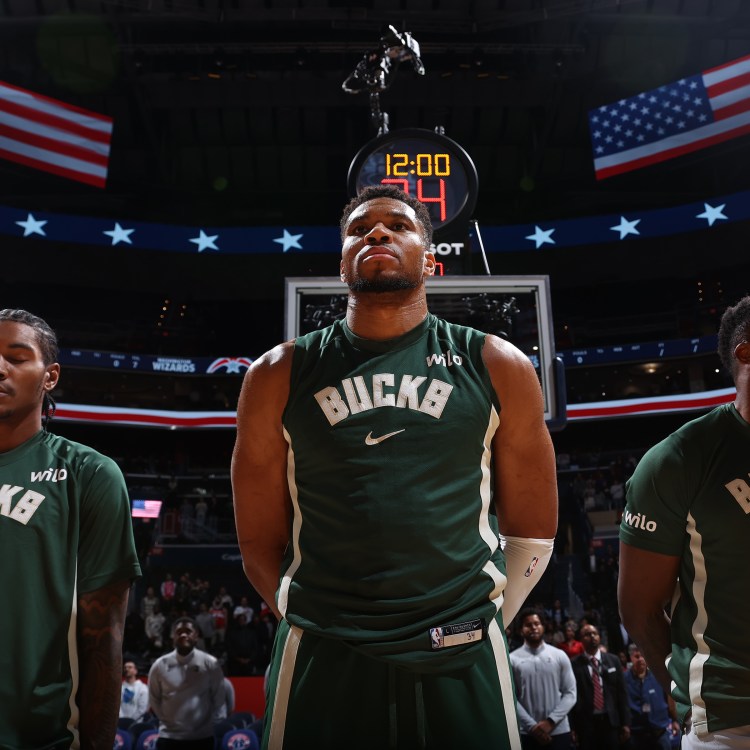When you already run the biggest sporting event in the world, it might sound to some as though there’s little room for growth. But that’s not how FIFA operates, and the globe’s governing body of association football has officially made its World Cup championship tournament even bigger — just in time for another offensive into places that still call it “soccer.”
The 2026 World Cup, which will be played throughout the three largest countries in North America, will now have 48 nations represented at the outset of the tournament, according to a New York Times report. Since 1998, the competition had welcomed 32 teams.
More teams mean more games.
Did More Americans Watch the World Cup Final or USA-England on Black Friday?
The ratings from Nielsen, Fox and Telemundo for the World Cup final are in“The change will result in a marathon men’s soccer championship — 48 teams playing 104 games over as many as 40 days in three countries — and see the champion and the runner-up each play eight games instead of the current seven,” the Times wrote. The initial group stage will be comprised of 16 groups of three teams that will play just two (presumed to be wildly intense) games each, to decide each individual group winner. So 32 of the 48 squads will go home after playing only twice, a wrinkle sure to draw critics. (In fact, allow me to be among the first: That really kinda sucks.)
While this expansion means the world’s best soccer players will be subjected to even more of a grind than they’re already (not) used to, it also ensures greater profits for the sport. FIFA predicts the 2026 iteration of the World Cup will break tournament revenue records to the tune of $11 billion, per the Times — a $4 billion increase from last year’s competition in Qatar.
Undoubtedly, some of the thinking behind that kind of projection is tied to the growing interest in the sport across the United States, where the tournament final is expected to be held. Americans watched the (incredible) World Cup final in December at a 31-percent higher clip than they did the final four years prior. Earlier group-stage matches set U.S. ratings records, too. MLS shows continual growth as well, with attendance up 25 percent last season. Gen Zers and Millennials — the key demographics for the long-term sustainability of any product, given their youth — are way more into soccer than their dads or grandfathers. Eleven percent of Americans between ages 18-29 named soccer their favorite sport, behind only football and basketball, and high school soccer participation increased by 32 percent in the U.S. between 2002 and 2019.
The stateside pro-soccer data doesn’t end there either. According to one report, 52 percent more adults considered themselves soccer fans in 2019 when compared to just seven years earlier. “This growth outpaces the other four ‘major’ American sports, with ice hockey (+42%), basketball (+27%), and baseball (+8%) all behind soccer, and American football (-7%) actually losing fans,” wrote World Soccer Talk in September.
As Forbes wrote in November, in the wake of the World Cup’s early stage, record-breaking U.S. TV ratings, “a question we’ve been hearing seemingly every four years since 1994, when the United States hosted the World Cup and made it to the round of 16 following an unlikely group stage victory over Colombia: Is the United States close to becoming a true soccer nation?” The answer’s always been “no,” the publication observed. “Still,” its writer added, “this time, things could be different. Really. Truly.”
If it wasn’t the case that time, late last year — when World Cup games were played in the Middle East, while most Americans were either at or getting ready for work — it could be the case in 2026, when the U.S. promises to have a terrific team of its own, welcomes more squads from around the world and its citizens can watch more thrilling soccer games at more reasonable times, in many cases live and in-person.
Really. Truly.
The Charge will help you move better, think clearer and stay in the game longer. Subscribe to our wellness newsletter today.


















